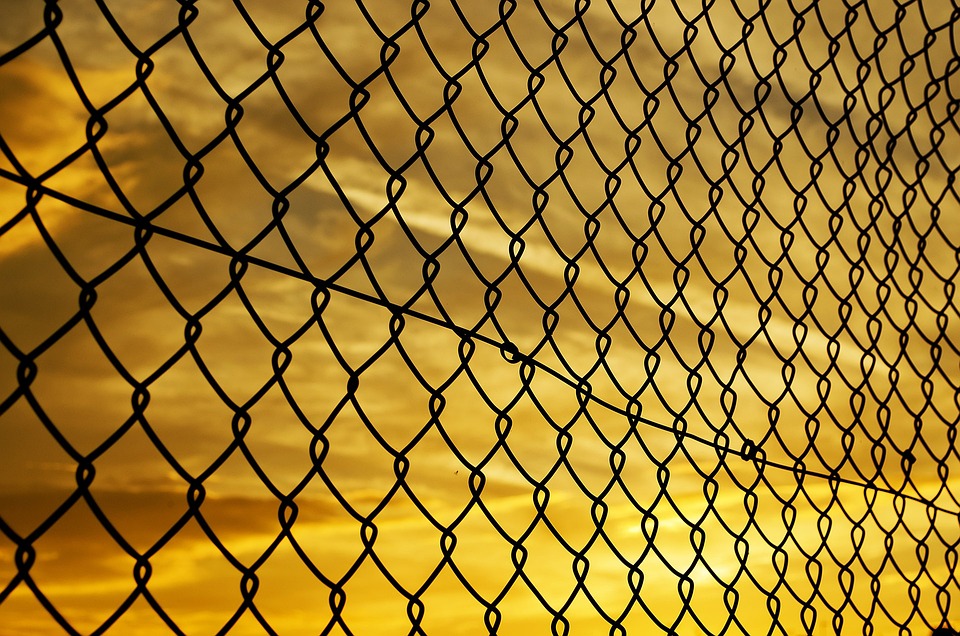Reviving the Groovy Aesthetics of Retro Graphic Design
In recent times, retro graphic design has made a comeback in the world of aesthetics, bringing back the groovy and vibrant styles of the 60s, 70s, and 80s. Retro graphic design is a style that draws its inspiration from the past and incorporates it into the modern-day, giving designers the freedom to experiment with colors, typography, and illustrations to create a unique and eye-catching design.
The resurgence of retro graphic design can be attributed to the nostalgia and longing for simpler times that people feel in today’s fast-paced and technology-driven world. This article dives deep into the groovy aesthetics of retro graphic design and how it has evolved over the years.
What is Retro Graphic Design?
Retro graphic design is a style that is heavily influenced by the past, incorporating design elements from the 60s, 70s, and 80s into modern-day visuals. This style draws its inspiration from vintage advertising, posters, album covers, and pop culture to create a unique and distinctive design.
Retro graphic design is characterized by its bold and vibrant colors, psychedelic patterns, and groovy typography. It also features hand-drawn illustrations, grainy texture, and halftone effects that add a layer of authenticity and uniqueness to the design.
The Evolution of Retro Graphic Design
Retro graphic design has come a long way since its inception in the 60s. The first retro designs were inspired by art nouveau, which was popular in the 1890s. In the 60s and 70s, the design shifted towards psychedelic art, incorporating bold and vibrant colors, distorted text, and intricate patterns.
In the 80s, retro graphic design moved towards a more geometric and minimalist style, characterized by sharp lines and bright neon colors. The 90s saw the resurgence of punk and grunge, which heavily influenced the design, resulting in gritty and raw visuals.
Today, retro graphic design has evolved to become more versatile and adaptable, catering to the needs of modern design. Designers now have access to a vast range of tools and technology that allow them to experiment and create unique visuals that blend the old with the new.
How to Incorporate Retro Graphic Design in Modern-Day Visuals
Incorporating retro graphic design elements into modern-day visuals can be challenging, but when done correctly, it can create a visual aesthetic that stands out and is easily recognizable. Here are a few ways designers can incorporate retro graphic design into their work:
1. Use bold and vibrant colors: Retro graphic design is known for its bold and vibrant color palette. Use colors that are reminiscent of the 60s, 70s, and 80s to create a nostalgic visual aesthetic.
2. Experiment with typography: Use typography that is reminiscent of vintage posters and advertisements. Combine different fonts and add a bit of distortion to give the typography a groovy and unique look.
3. Incorporate hand-drawn illustrations: Use hand-drawn illustrations to add a layer of authenticity and uniqueness to the design. The imperfections and textures of hand-drawn illustrations add character and charm to the overall design.
4. Use halftone effects: Halftone effects are a hallmark of retro graphic design. They can be used to add depth, texture, and a vintage feel to the design.
Conclusion
Retro graphic design has come a long way since its inception in the 60s. Its groovy aesthetics have been revived in modern-day visuals, giving designers the freedom to experiment and create unique designs. Incorporating retro graphic design elements can create a nostalgic and eye-catching visual aesthetic that stands out from the crowd.
FAQs
1. What are some features of retro graphic design?
Retro graphic design is characterized by bold and vibrant colors, psychedelic patterns, groovy typography, hand-drawn illustrations, grainy texture, and halftone effects.
2. Why is retro graphic design making a comeback?
Retro graphic design is making a comeback because of the nostalgia and longing for simpler times that people feel in today’s fast-paced and technology-driven world.
3. Can retro graphic design be incorporated into modern-day visuals?
Yes, retro graphic design can be incorporated into modern-day visuals by using bold and vibrant colors, typography reminiscent of vintage posters and advertisements, hand-drawn illustrations, and halftone effects.
4. What is the evolution of retro graphic design?
Retro graphic design has evolved from art nouveau in the 1890s to psychedelic art in the 60s and 70s, geometric and minimalist design in the 80s, and gritty visuals in the 90s.
5. What are some tips for incorporating retro graphic design into modern-day visuals?
Some tips for incorporating retro graphic design into modern-day visuals include using bold and vibrant colors, experimenting with typography, incorporating hand-drawn illustrations, and using halftone effects.






